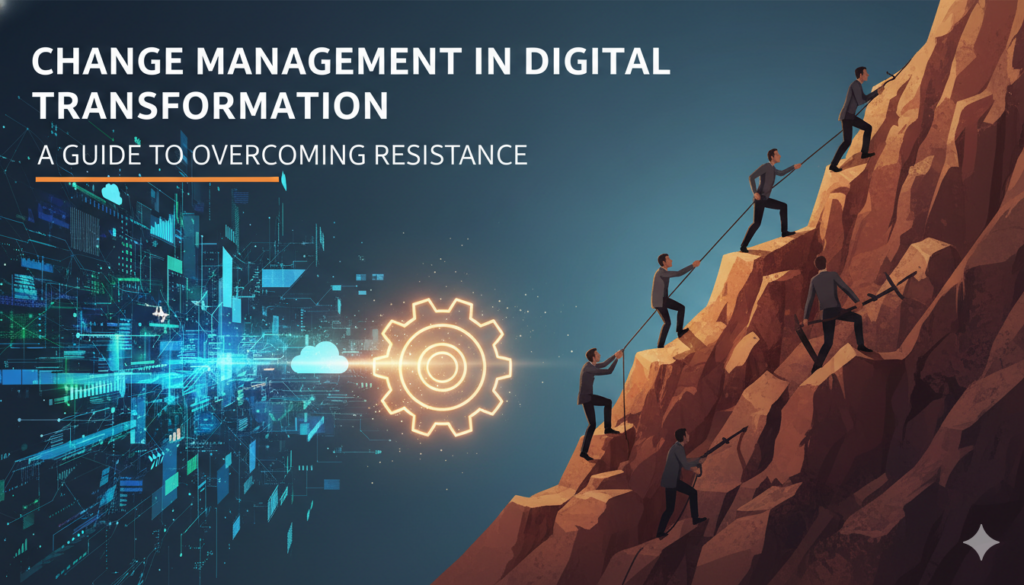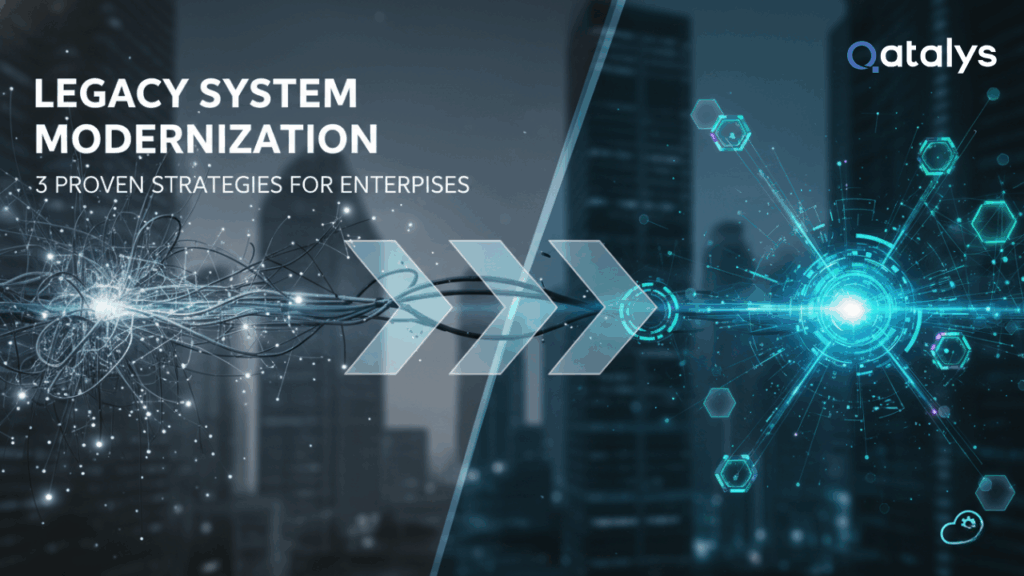The Build-Operate-Transfer (BOT) model is fast becoming the preferred route for companies looking to set up Global Capability Centers (GCCs) in emerging tech hubs like India. It offers a practical path to building a fully operational offshore team – without the overhead, legal risk, or upfront infrastructure costs of going it alone.
Unlike traditional outsourcing, BOT is designed for long-term control. You start with a partner who builds and runs your offshore operation, and once it’s stable, the entire setup is transferred to you.
For enterprises seeking operational efficiency or startups expanding post-Series A, BOT enables rapid scale without compromising ownership or quality. And with modern variations like Captive-as-a-Service, the model is now even more flexible – built to match the needs of both global enterprises and high-growth startups.
What is the Build-Operate-Transfer (BOT) Model?
The Build-Operate-Transfer (BOT) model is a strategic engagement framework where a partner organization sets up and runs an offshore team or facility on behalf of a client – until it’s ready to be handed over in full.
BOT typically unfolds in three stages:
- Build: The partner establishes the offshore presence – hiring talent, setting up infrastructure, aligning with compliance norms, and creating delivery workflows.
- Operate: The partner manages the team’s day-to-day operations, delivery, governance, and performance – just like an extended arm of the client.
- Transfer: Once the setup reaches maturity, the entire operation – team, tools, knowledge base, processes, and legal entity – is transitioned to the client.
This model is most commonly used in the context of setting up Global Capability Centers (GCCs) in locations with abundant tech talent, favorable regulations, and lower operational costs – like India, Eastern Europe, and Southeast Asia.
The key distinction from traditional outsourcing lies in ownership and control. While outsourcing is vendor-run indefinitely, BOT is designed to eventually make the offshore center a wholly owned extension of your business.
Why BOT Makes Sense for Global Capability Centers
Global Capability Centers (GCCs) are no longer just cost-saving hubs – they’re strategic assets for innovation, delivery, and global team expansion. For companies aiming to establish or scale a GCC, the BOT model offers a compelling mix of speed, control, and risk mitigation.
Here’s why BOT fits perfectly into a GCC expansion strategy:
1. Low-Risk Market Entry
Entering a new geography involves regulatory, operational, and hiring complexities. BOT allows companies to bypass these hurdles initially, leveraging the partner’s local expertise to de-risk setup and execution.
2. Faster Time-to-Value
Building a center from scratch can take 12–18 months. With BOT, companies tap into the partner’s existing infrastructure, talent network, and delivery frameworks – reducing setup time dramatically.
3. Strategic Control from Day One
Unlike outsourcing, BOT is not about handing over work indefinitely. It’s a planned journey toward ownership, where the endgame is to fully absorb the offshore capability into your own org structure.
4. Scalability Built In
As business needs evolve, BOT offers flexible scaling – across functions, teams, and even new locations – without having to renegotiate vendor contracts or realign delivery terms.
5. Cost-Efficient and Ownership-Aligned
BOT offers the cost benefits of outsourcing in the initial phases, but with a clear path to long-term control. It’s ideal for companies that want to build assets, not just rent capacity.
In short, BOT combines the speed of outsourcing with the strategic depth of in-house operations – making it a natural fit for modern GCCs that serve as innovation and delivery engines.
Stages of the BOT Model in GCC Deployment
The BOT model is structured into three distinct phases – Build, Operate, and Transfer – each with clear deliverables and milestones. When executed correctly, this phased approach ensures a smooth transition from partner-led operations to full client ownership.
1. Build
- Objective: Set up the foundational infrastructure and team.
- Activities:
- Legal entity setup (if required)
- Talent sourcing and recruitment
- Office infrastructure or remote work enablement
- Technology stack provisioning
- Security, compliance, and policy alignment
- Outcome: A fully functional offshore operation ready to execute
2. Operate
- Objective: Stabilize delivery and optimize operations.
- Activities:
- Day-to-day management of teams and workflows
- KPI tracking, reporting, and governance
- Team training, upskilling, and process refinement
- QA, performance management, and risk controls
- Outcome: A mature delivery setup aligned with business objectives
3. Transfer
- Objective: Seamless transition of the offshore center to the client.
- Activities:
- Legal transfer of assets, IP, and contracts
- HR transitions and retention planning
- Knowledge transfer and documentation handover
- Client onboarding of local leadership
- Outcome: A self-owned and fully integrated GCC
Benefits of the BOT Model for Enterprises and Funded Startups
While the BOT model has long been favored by large enterprises, it’s increasingly relevant for VC-backed and growth-stage startups looking to expand without overcommitting upfront. The flexibility, structure, and control it offers make BOT a strong strategic move for companies across stages.
1. Faster Global Expansion
BOT significantly shortens the timeline to enter new markets. Instead of setting up everything from scratch, companies can leverage a partner’s ecosystem to get a fully functional team up and running in months – not years.
2. Reduced Upfront Investment
You don’t need to spend heavily on infrastructure, real estate, or local legal setups at the start. The partner carries the initial cost and operational risk, allowing your business to focus resources on growth.
3. Talent Access Without Bottlenecks
Hiring in unfamiliar markets can be difficult. A BOT partner brings deep recruiting experience, local HR knowledge, and talent networks to fill critical roles fast – often across engineering, product, and operations.
4. Built-In Operational Excellence
From day one, the offshore team operates under defined SLAs, performance metrics, and delivery models. This ensures consistency, quality, and accountability throughout the engagement.
5. Smooth Transition to Ownership
The final transfer phase ensures a stable handover of the team, knowledge base, and operations. Unlike traditional vendor setups, you don’t start from scratch again – you’re simply absorbing a mature, proven setup into your organization.
6. Future-Proof Scaling
Whether you’re a Series B startup aiming to scale tech delivery or an enterprise optimizing global ops, BOT offers a path to grow at your pace – without being tied to rigid outsourcing contracts.
Qatalys’ Differentiator: Beyond Traditional BOT
While traditional BOT models focus on setup and transfer, Qatalys takes it further by aligning the model to modern business realities – speed, flexibility, and scale without operational drag.
Introducing Captive-as-a-Service (CaaS)
Qatalys offers a refined take on BOT called Captive-as-a-Service (CaaS). Designed for both mid-market enterprises and high-growth startups, it combines all the strengths of BOT with additional benefits:
- Pay-as-you-scale: No upfront infra investments. Scale by function, team size, or geography as needed.
- Fully managed: From infrastructure to delivery, everything is run by Qatalys until you’re ready to take over.
- Built-in compliance and governance: No surprises at the transfer stage – everything is audit-ready from day one.
- Flexible transfer timelines: Choose when (or if) you want to take ownership. There’s no forced timeline.
Built for Tech-First Companies
Whether you’re a fintech building a dedicated data engineering team or an enterprise rolling out global QA and DevOps capabilities, Qatalys builds GCCs that are domain-aligned and outcome-driven – not just bodies on seats.
Who It’s For
- VC-backed startups with traction, funding, and tight execution goals
- Enterprises looking to set up innovation hubs without long setup cycles
- Companies in healthcare, AI, SaaS, logistics, and more
With Qatalys, you’re not just setting up an offshore team. You’re creating a strategic capability – on your terms, at your pace.
When Should You Choose BOT for Your GCC?
The BOT model isn’t one-size-fits-all. It works best when there’s a clear intent to eventually own and integrate the offshore operation. If you’re evaluating whether BOT is the right fit for your business, here’s a quick framework to guide the decision.
BOT is a strong fit if you:
- Have a defined roadmap to global expansion
- Want to establish long-term IP and process control
- Need to scale fast without overextending internal resources
- Are entering new talent markets where you lack local expertise
- Intend to build a core tech, product, or ops team abroad
- Want a structured, low-risk path to full ownership
Compare Your Options
| Model | Best For | Ownership | Risk Level | Speed |
| Outsourcing | Short-term cost savings | None | Low | Fast |
| Joint Venture | Strategic alliances | Shared | Medium | Moderate |
| BOT | Long-term team control | Full (after transfer) | Low–Medium | Fast |
| Captive-as-a-Service | Funded startups / agile scale-ups | Optional | Low | Very Fast |
Real-World Scenarios
- A Series C SaaS company wants to build an AI engineering hub in India → BOT enables faster setup, future ownership.
- An enterprise fintech firm wants a dedicated offshore QA team → BOT provides a compliant, high-quality operation with smooth handover.
- A healthtech startup with product-market fit but no delivery capacity → Captive-as-a-Service allows execution without upfront complexity.
BOT is not just about cost or scale – it’s about building an offshore operation you can eventually call your own.
Risks and Mitigation in BOT Models
While the BOT model offers clear advantages, it’s not without challenges. Transitioning ownership of people, processes, and infrastructure across borders introduces risk – unless the model is executed with rigor and foresight.
Here are common pitfalls and how to mitigate them:
1. Misalignment Between Build and Transfer Goals
The risk: If the initial setup isn’t aligned with long-term goals, the transferred entity may lack scalability or operational maturity.
Mitigation: Qatalys anchors every BOT engagement with a transfer-readiness framework from day one – ensuring teams, tools, and workflows are future-proof and scalable.
2. Knowledge Gaps During Handover
The risk: Critical institutional knowledge may be lost during the transfer phase, disrupting business continuity.
Mitigation: Structured documentation, shadowing protocols, and staged transitions are embedded in Qatalys’ BOT playbook. We maintain full transparency throughout the Operate phase.
3. Compliance and Legal Complexity
The risk: Setting up a legal entity, transferring IP, and managing HR transitions can expose companies to regulatory risk.
Mitigation: Qatalys ensures built-in compliance – including IP protection, local labor law alignment, and secure infra – so there are no surprises when the transfer phase begins.
4. Team Attrition After Transfer
The risk: Employee morale may dip if the transition is poorly communicated or lacks incentives, leading to attrition.
Mitigation: We implement transition-sensitive HR planning, retention bonuses, and leadership continuity programs to keep teams engaged and stable during and after the handover.
With the right partner, these risks aren’t just avoidable – they can become strengths. The key is planning for the transfer from day one.
Conclusion: Scale Smart with BOT + Qatalys
Build-Operate-Transfer isn’t just a delivery model – it’s a strategic pathway for companies that want to scale globally, own their offshore capability, and stay in control of quality, IP, and operations.
For enterprises, BOT provides a structured route to de-risk expansion while maintaining operational depth. For growth-stage startups, it offers the ability to execute at scale – without the upfront burden of legal entities or infrastructure.
With Qatalys, the BOT model evolves into something more agile and aligned to modern business needs. Through Captive-as-a-Service, flexible scaling, and domain-aligned delivery teams, we help you go from idea to operation to ownership – at your pace, on your terms.
Ready to explore a BOT or Captive-as-a-Service model for your global expansion?
Book a discovery call with the Qatalys team and start building your offshore capability – faster and smarter.








